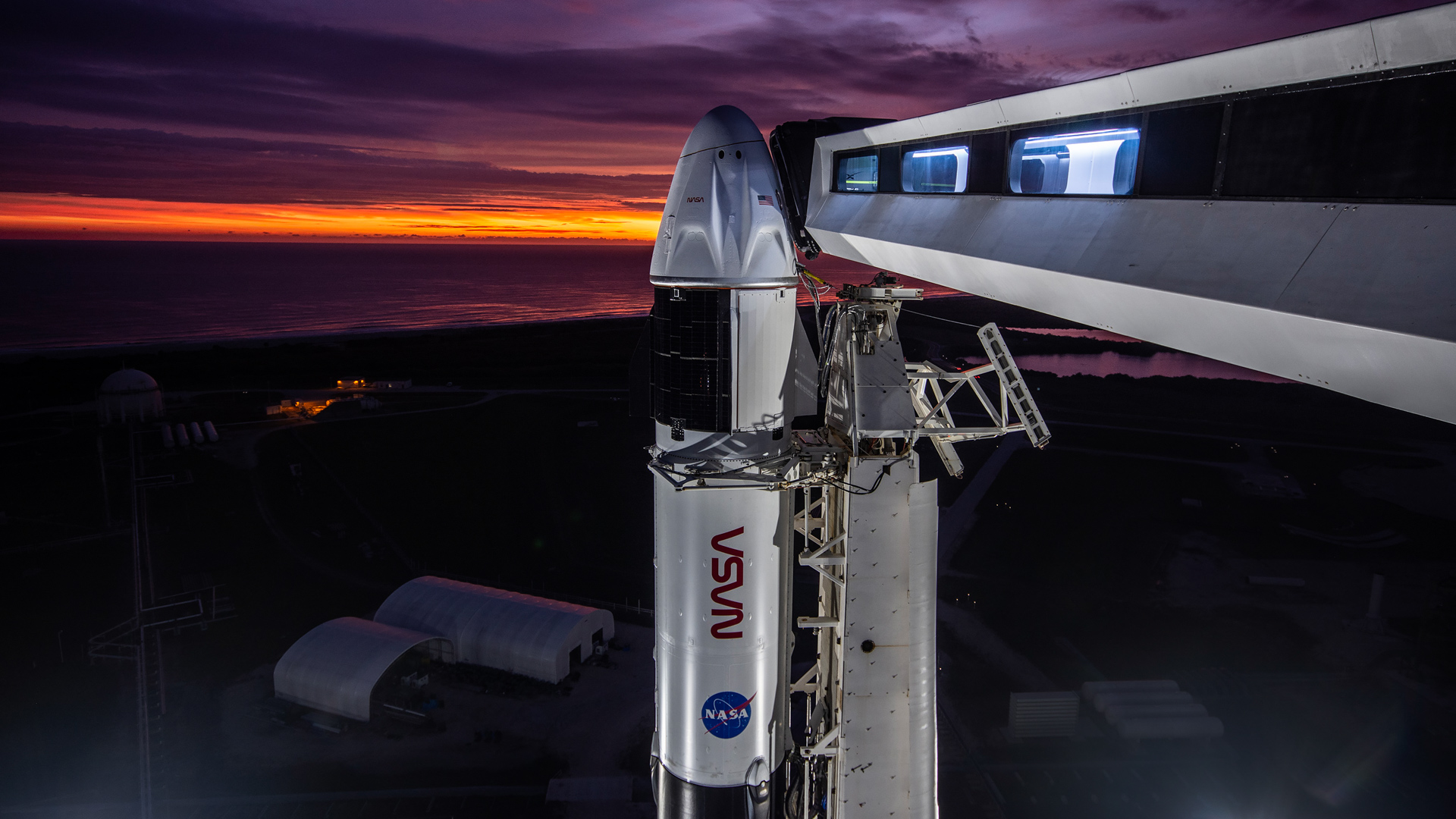

SpaceX has had a variety of struggles and successes since its inception 20 years ago, but one of its most resounding victories has been the successful development and flights of its manned space capsule, the Crew Dragon. The Crew Dragon capsule line has already completed four successful manned missions and is currently in orbit on its fifth manned flight. While the capsules are reusable and will continue to see service in coming years, SpaceX has decided to end production of the capsule after the fourth vehicle’s production, according to a report from Reuters.
The Crew Dragon’s importance to NASA is hard to understate, as it is the only human-approved, low-earth-orbit-transport that the U.S. currently has access to launch from its own soil. For nearly a decade after the discontinuation of the Shuttle program, NASA’s only option to ferry astronauts to and from the International Space Station were Russian Soyuz rockets launched from the Baikonur Cosmodrome in Kazakhstan, which is leased to Russia through 2050. As Russia’s space agency Roscosmos increasingly joins the saber-rattling of the Russian government at large, having a domestic option to carry American astronauts back and forth to the ISS is not just a point of national pride, it’s prudent.
And the Crew Dragon’s results have been promising, too. Three of the four vehicles already have flown to the ISS, crew members on board, on the back of the company’s own Falcon line of rockets. The decision to stop manufacturing more vehicles was seen as inevitable, but the specific fleet plans were unknown until yesterday when Reuters interviewed SpaceX president Gwynne Shotwell.
“We are finishing our final (capsule), but we still are manufacturing components, because we’ll be refurbishing,” Shotwell said. She also added that the company would keep the ability to produce more Crew Dragon vehicles in the future if needed, but that SpaceX needs to ensure it can manage its fleet. NASA as of last year was still working on determining just how many times the Crew Dragon capsules could be used before they would need to be retired for safety reasons, and Shotwell has previously stated it is designed for “five to ten missions.” NASA previously also announced that SpaceX’s vehicles would be needed for more missions than initially planned, as Boeing’s Starliner—SpaceX’s main competitor, who also has a contract for crewed ISS missions with NASA—has been delayed due to development problems.
The Crew Dragon’s successor, SpaceX’s Starship, would theoretically replace the Crew Dragon with higher payloads and more reusability, with SpaceX CEO Elon Musk saying it will allow humanity to become an interplanetary species due to its lifting power and potential range.
However, it has been plagued by regulatory environmental review issues regarding its Boca Chica, Texas launch site and repeated test failures, and has had its own timeline for launch moved back repeatedly. While the most recent launch of the SN15 test rocket was successful, it has yet to complete an orbital test, though one is planned for May of this year, per Musk. The lengthy NASA human-rated certification process will also likely take years to complete—the parachute and abort system testing of Crew Dragon took roughly four years from its initial test phase to actually carrying astronauts to the ISS.
While the current Starship timeline projects that a crewed flyby of the Moon could potentially happen as early as next year, Musk has also said that Starship will be tested “hundreds of times” before flying with humans on board. Additionally, Musk has added on Twitter recently that Starship will likely be further delayed because of a reprioritization of SpaceX “to cyber defense & overcoming signal jamming.” All of this comes on top of the CEO’s comments last year that the company could potentially face bankruptcy if the economy heads into rough waters and Starship does not become profitable rapidly enough.
With potential further Starship delays ahead and five of the 20 to 40 potential flights the current four-vehicle fleet of Crew Dragons are capable of already launched, NASA might need SpaceX’s Dragon production capacity yet again in the future if the capsule’s discontinuation impacts future ISS flights. After all, it’s not looking like asking Russia for a ride again is looking any better by the day.
Got a tip? email us at tips@thedrive.com